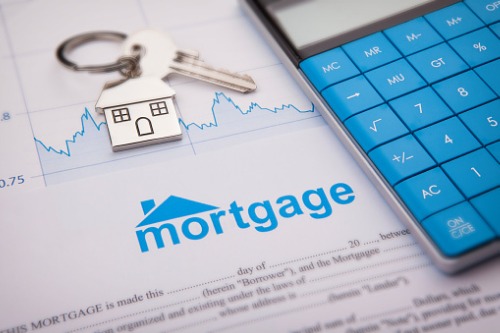Despite falling rates and improving affordability, however, home-price growth remains flat

Lower mortgage rates are having a profound impact on home affordability, pushing it to nearly a three-year high, according to a new report by Black Knight.
“Back in November 2018, we were reporting on home affordability hitting a nine-year low,” said Ben Graboske, president of Black Knight’s data and analytics division. “Interest rates were nearing 5%, pushing the share of national median income required to make the principal and interest (P&I) payments on the purchase of the average-priced home to 23.7%. While still below long-term averages, that made housing the least affordable it had been since 2009, spurring a noticeable and extended slowdown in home-price growth. In the time since, rates have tumbled and the affordability outlook has improved significantly.”
The payment-to-income ratio is now 20.7%, the second-lowest it’s been in 20 months and about 4.5% below the long-term, pre-crisis norm, Black Knight reported. The current prevailing 30-year rate has cut the monthly P&I payment on an average-priced home by 10% from November. Home affordability briefly hit a 32-month high in September, when rates fell below 3.5% for a single week.
“Put another way, the decline in rates since November has been enough to boost buying power while keeping monthly P&I payments the same,” Graboske said.
Despite falling interest rates and improving affordability, however, annual home-price growth stated flat in August at 3.8% after rising in July for the first time in 17 months, Graboske said.
“It remains to be seen if this is merely a lull in what could be a reheating housing market, or a sign that low interest rates and stronger affordability may not be enough to muster another meaningful rise in home-price growth across the US,” he said.
Pockets of tight affordability remain despite the improvements, Black Knight reported, with California accounting for seven of the 10 least affordable markets. In Los Angeles, for example, purchasing an average-priced home requires almost 43% of the median household income – more than double the national average.



